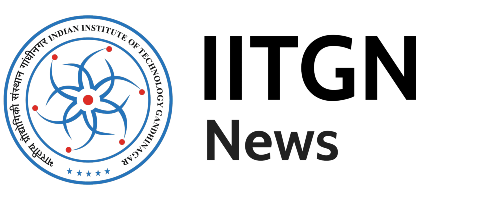Turing laid the ground-stone for computing when trying to answer some fundamental questions about the very foundations of mathematics and logical reasoning.
Popular as the father of theoretical computer science and artificial intelligence, Alan Mathison Turing was a renowned computer scientist, mathematician, logician, philosopher, cryptanalyst, and theoretical biologist. He developed the famous Turing machine – a device considered as a model of a general-purpose computer (a direct precursor to the notion of software and stored program computers!). Moreover, the prestigious Turing Award (the Nobel Prize in Computing) is named after him.
At the young age of 23, Turing stated that what the world needs one method that can prove all mathematical statements. In 1936, he authored a paper called on computable numbers, and all this, technically, is known as the start of computer science! What more did he accomplish? Well, World War II started in 1939 and Germans were causing huge destructions with the help of Enigma (which allowed coded messages to be communicated through radio-waves). Turing, along with some other cryptographers, built a very fast machine known as Bombe to enable the cryptanalysis of Enigma, with the help of which several sophisticated codes were broken and many lives were saved. Apart from this, he wrote the first manifesto of Artificial Intelligence, called the Intelligent Machinery. It contains many precise statements on the idea of machine intelligence. He also claimed to have found out the theory of systems of mutually reacting and diffusing chemicals, which along with factors like their instability and the resulting equilibrium inevitably cause the differentiation of biological cells.
A detailed and interesting story that highlights a few contributions of this legend was published on Medium which can be found here. It is based on one of the sessions (delivered by Anirban Dasgupta, faculty in the Computer Science and Engineering discipline) of the Virtual Seminar Series by IIT Gandhinagar.

